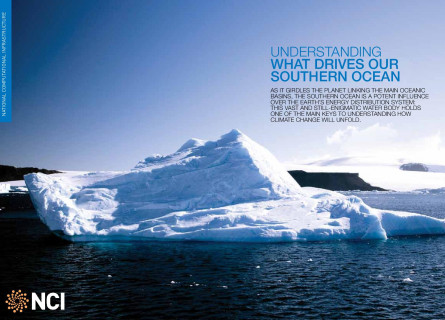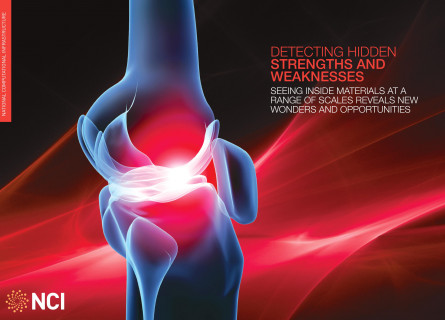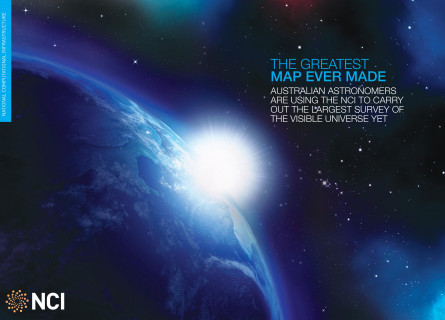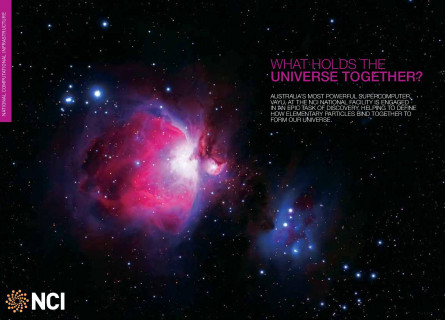
12 Jul 2012
Understanding what drives our Southern Ocean
As it girdles the planet linking the main oceanic basins, the Southern Ocean is a potent influence over the Earth's energy distribution system: this vast and still-enigmatic water body holds one of








